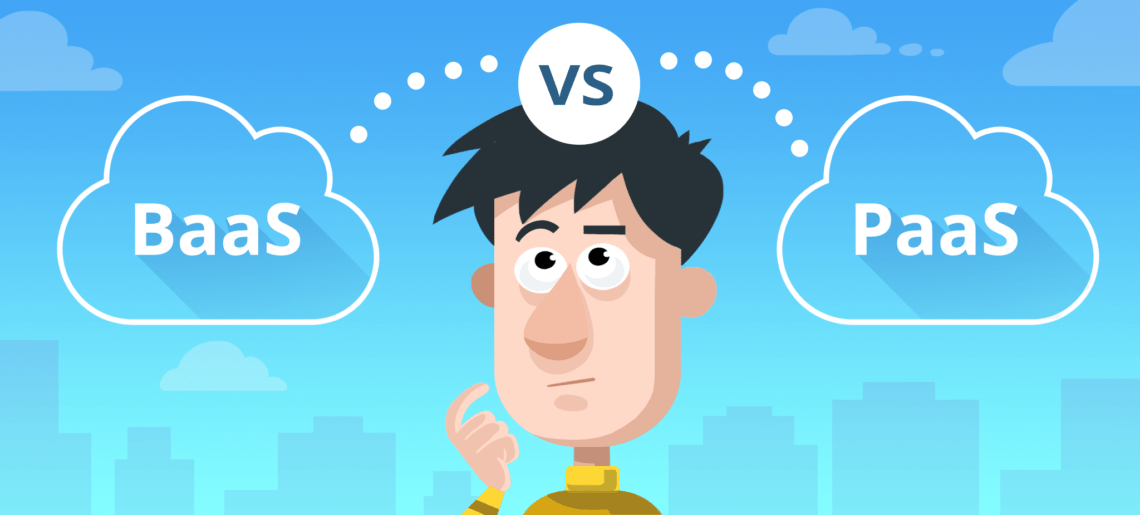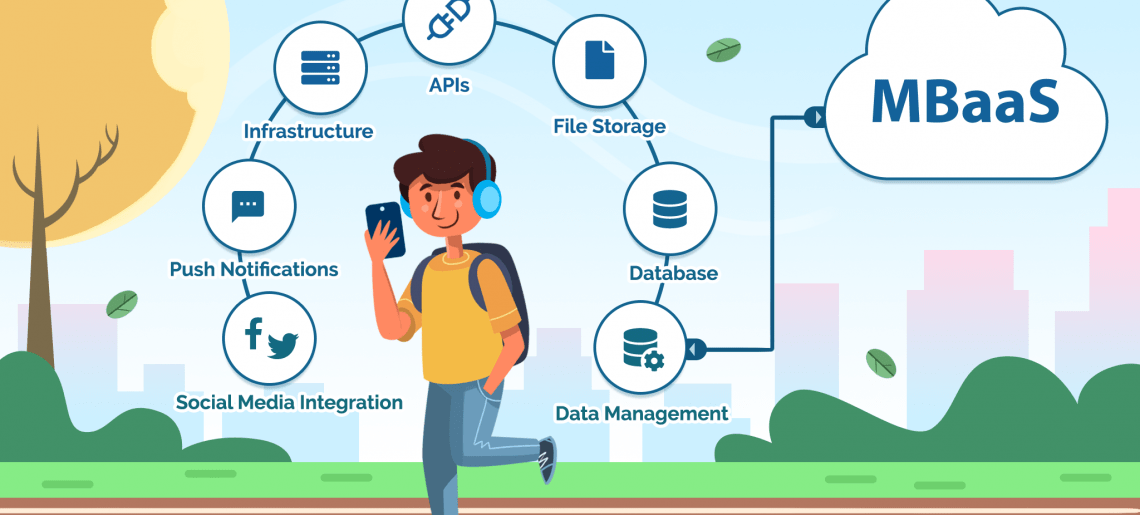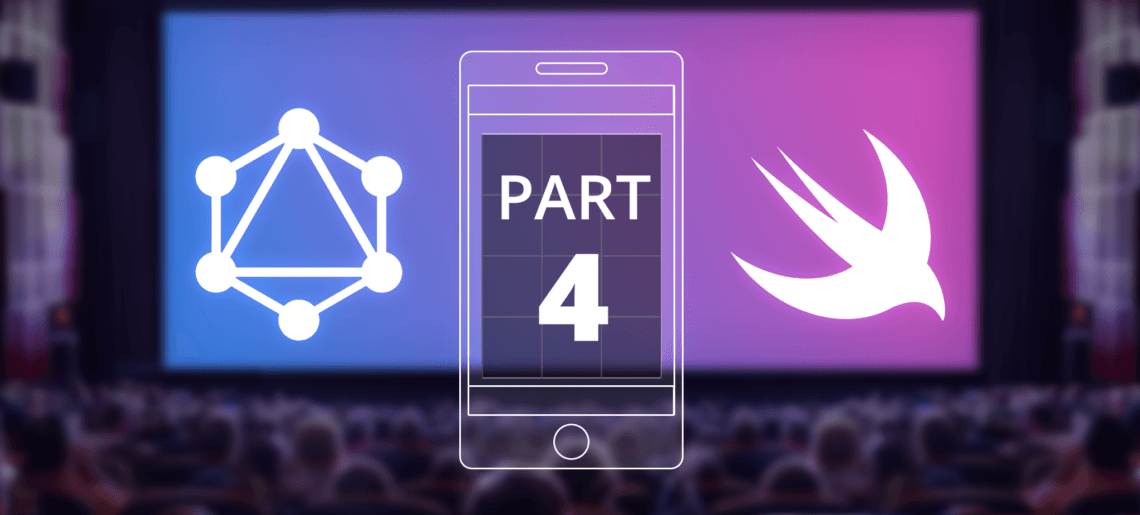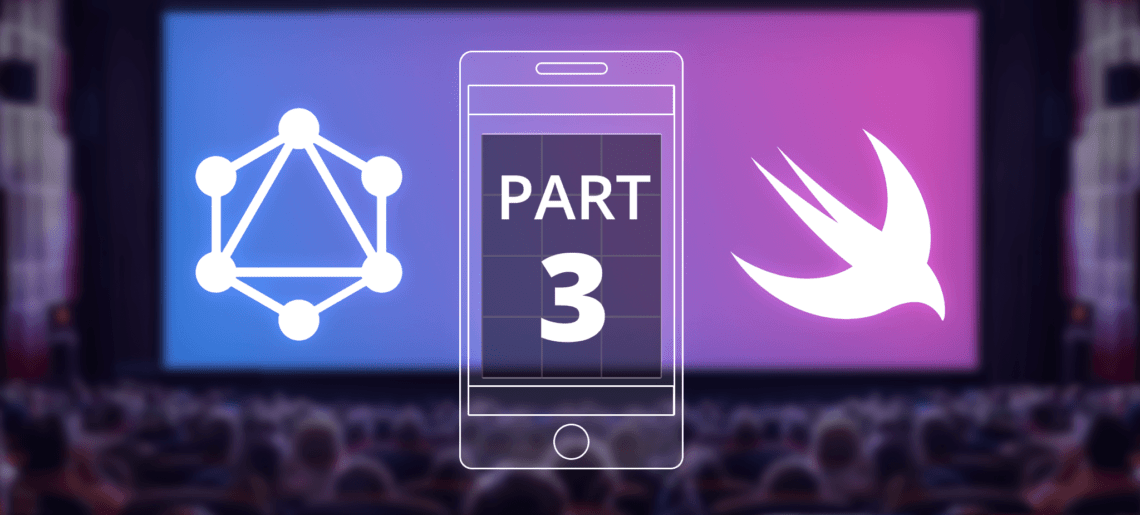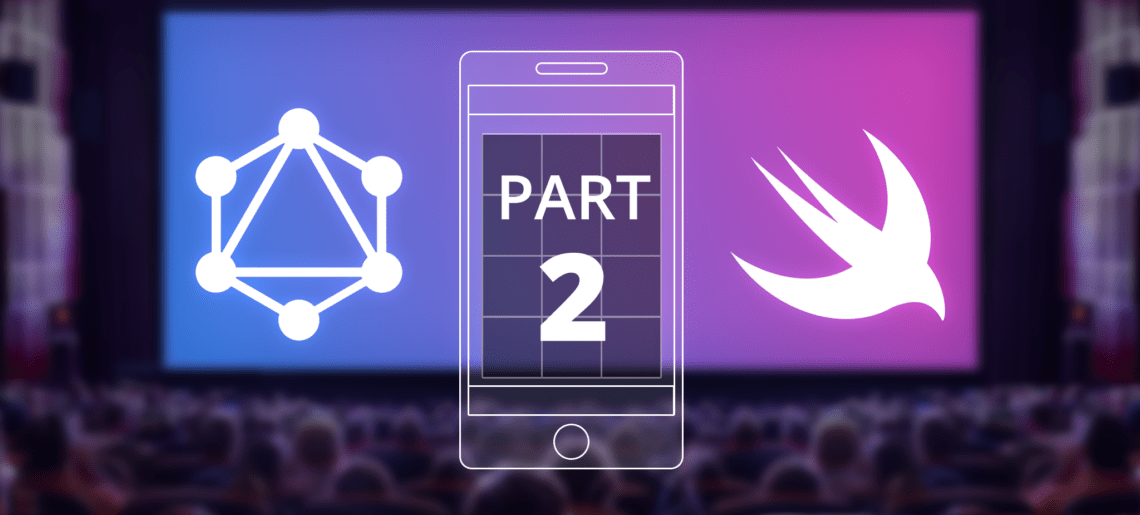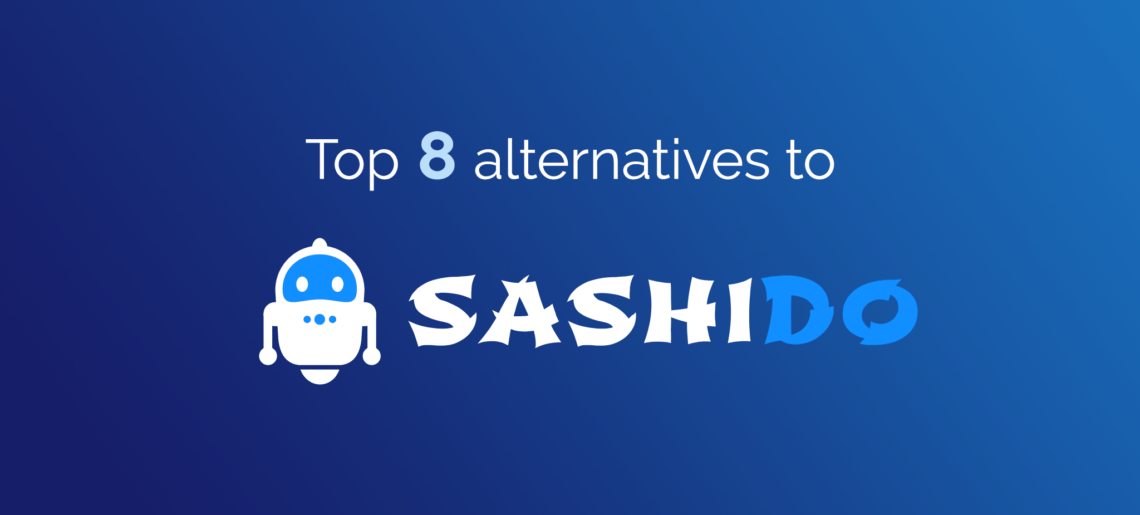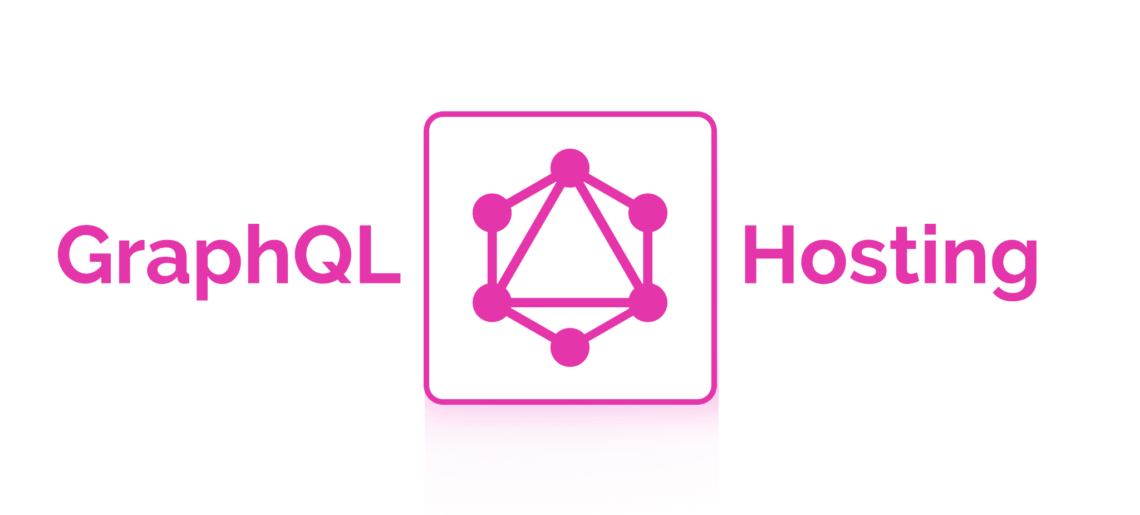BaaS – Backend as a Service
Mobile users demand more and more from their apps today. From social networking integration to push notifications, an app without these features will not gain as much traction or have as much credibility as an app that does. It is becoming an increasingly uphill struggle for mobile app developers to develop software quickly while also ensuring users get the best user experience (UX) from their apps.
What is required is a way to connect applications to backend processing capabilities that allow developers to ensure maximum performance while meeting the demands of their market.
Introducing Backend-as-a-Service…

